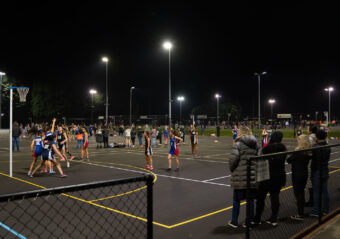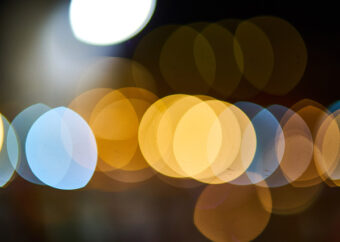A light-emitting diode (LED) is a two-lead semiconductor light source. It is a basic pn-junction diode, which emits light when activated. When a fitting voltage is applied to the leads, electrons are able to recombine with electron holes within the device, releasing energy in the form of photons. This effect is called electroluminescence, and the colour of the light (corresponding to the energy of the photon) is determined by the energy band gap of the semiconductor. Early LEDs were often used as indicator lamps for electronic devices, replacing small incandescent bulbs.
Technical advances meant that high-powered LEDs became a viable option for general lighting purposes, and they quickly began replacing existing lighting solutions like metal halide, fluorescent and incandescent lamps. When compared with these traditional methods, an LED luminaire can dramatically reduce both energy consumption and maintenance requirements. Less money and less downtime wasted on expensive lamp and ballast replacement can equal significant savings each year.



LED vs HID
Commercially, LED technology has all but replaced high intensity discharge (HID) fixtures as the lighting method of choice for modern organisations.
LEDs enjoy a longer lifetime, are more robust, generate less heat and can be switched on and off instantly.
ADVANCED OPTICS
Thanks to their unidirectional nature and sophisticated optical systems, LED luminaires offer far greater control of light diffusion than outdated lighting technologies.
This means more light can be focused exactly where it’s required, and away from where it isn’t.
SMART CONTROLS
The energy efficiency of LED lighting can be further enhanced through the use of smart lighting controls.
Smart controls give organisations or municipalities the opportunity to monitor and manage their lighting systems in real-time.











